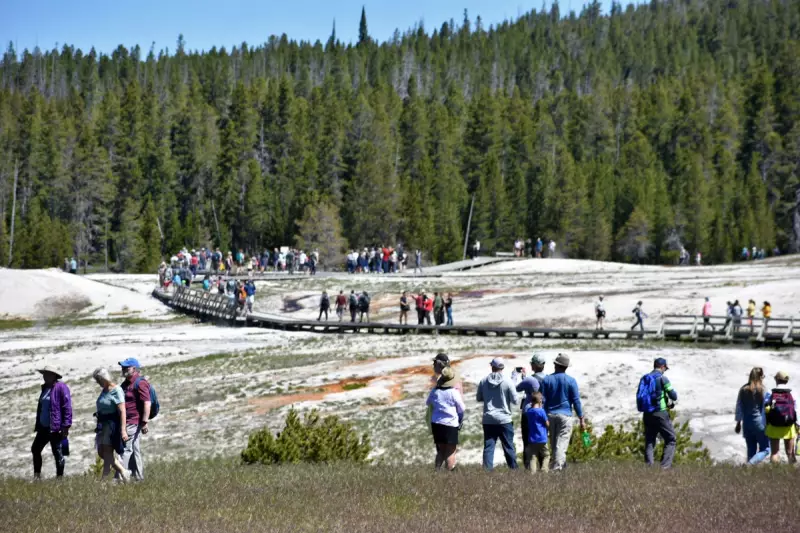
US Implements Differential Pricing for International Park Visitors
The United States has announced a significant new fee structure for foreign tourists visiting its most famous national parks, sparking both support and concern within the tourism industry. Starting January 1, 2026, international visitors will face a $100 per person charge to enter iconic destinations including Yellowstone, Grand Canyon, and Glacier National Park.
Interior Secretary Doug Burgum revealed the new policy on Tuesday 25 November 2025, describing it as "America-first pricing" that will ensure international visitors contribute to maintaining the parks' infrastructure. The annual parks pass for foreign tourists will also see a sharp increase to $250 per vehicle, while US residents continue paying $80 for their annual pass.
Tourism Industry Voices Apprehension
Businesses operating near popular park destinations have expressed serious concerns about the potential impact on international tourism. Mark Howser, owner of the Whistling Swan Motel near Glacier National Park in Montana, estimates that approximately 15% of his customers come from overseas.
"It's going to hurt local businesses that cater to foreign travelers, like myself," Howser stated. "You're discouraging them from seeing something in the country by attaching a fee to that experience." His establishment, which also includes a bakery and general store, serves visitors from Canada, China, India, Spain, France, Germany and other nations.
Bryan Batchelder, a Yellowstone tour operator with Let's Go Adventure Tours and Transportation, noted that the charge represents "a pretty big hike" for the roughly 30% of his clientele who are international visitors. "They'll probably still come to the country, but will they visit national parks?" Batchelder questioned, adding that next summer will reveal the true impact on foreign visitor numbers.
Financial Benefits and International Precedents
Supporters argue the new fee structure will generate crucial funding for park maintenance. According to Brian Yablonski of the Property and Environment Research Center in Bozeman, Montana, the $100 charge could generate $55 million annually for Yellowstone alone, helping to repair deteriorating trails and aging bridges.
Yablonski emphasised that Americans already contribute through taxes, making this "a no-brainer, common sense approach" for international visitors. If extended to all national park sites nationwide, the fees could generate more than $1 billion from an estimated 14 million international visitors each year.
The policy aligns the US with numerous other countries that charge foreigners more for popular attractions. Melissa Weddell from the University of Montana's Institute for Tourism and Recreation Research cited Ecuador's Galapagos Islands as an example, where foreign adults pay $200 compared to $30 for Ecuadorian nationals.
The fee will apply at several other prominent parks including Acadia, Bryce Canyon, Everglades, Grand Teton, Rocky Mountain, Sequoia & Kings Canyon, Yosemite and Zion national parks.
Opposition and Political Context
Not everyone supports the new measures. A coalition of current and former National Park Service employees has denounced the charge. Emily Thompson, executive director of the Coalition to Protect America's National Parks, warned that "national parks should be available and accessible to all, or America's best idea will become America's greatest shakedown."
Gerry Seavo James of the Sierra Club's Outdoors for All campaign criticised the Trump administration for "gouging foreign tourists at the entrance gate" rather than providing adequate park funding. Republican lawmakers introduced legislation in July to codify the surcharge, sponsored by West Virginia Representative Riley Moore and Montana Representative Ryan Zinke, who previously served as interior secretary.
The Interior Department confirmed it will begin collecting data on international visitors starting in January, as this information wasn't previously tracked systematically.





